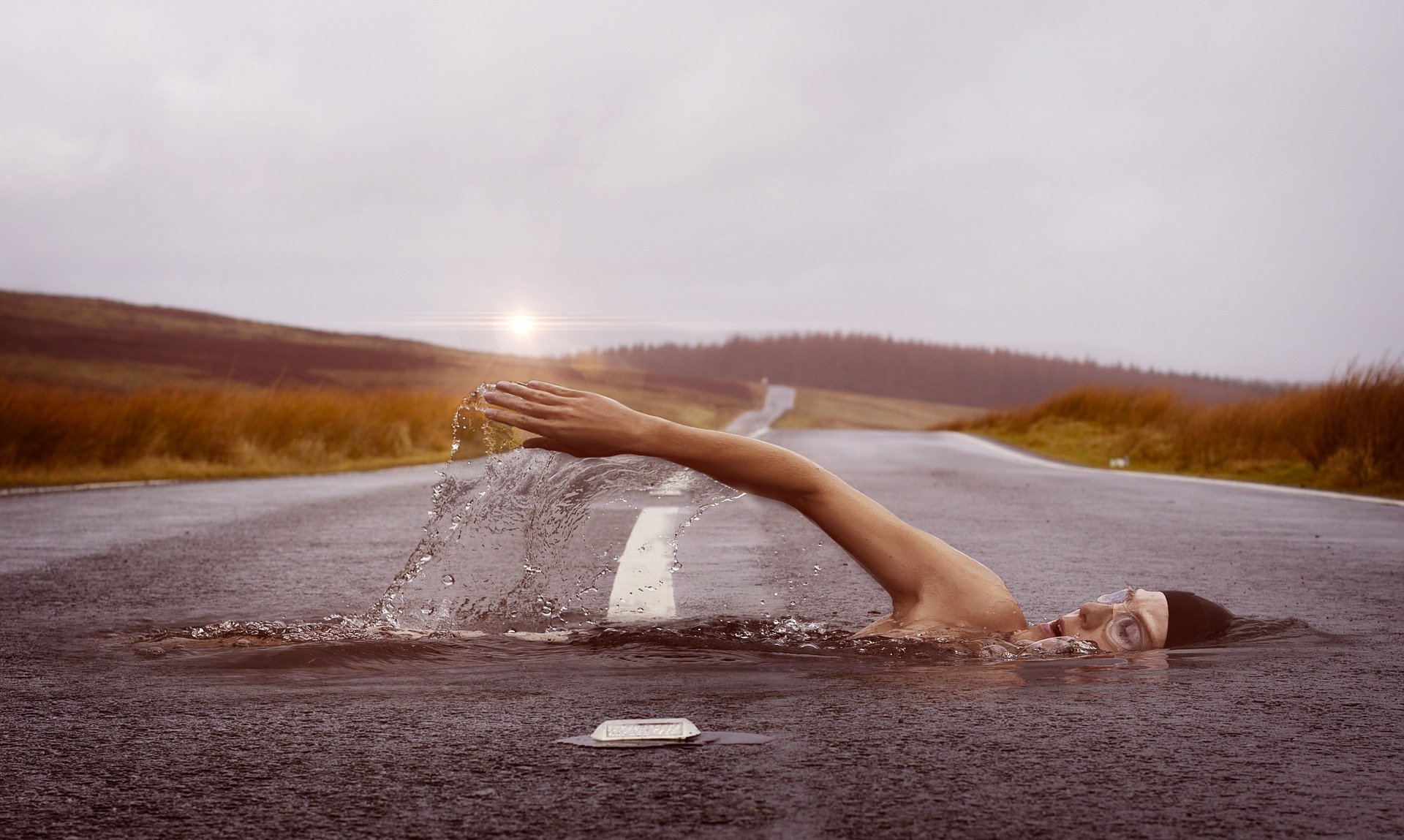Hello You,
As a content creator, it’s not always easy to find new ideas for formats, to follow trends, to keep capturing your audience, to adapt to each platform. Passion Media has prepared for you an overview of what works best and the trends expected for 2022. Find in this article 10 creative format ideas to launch.
Creative focus
The sought-after blur. Not ideal for bringing home a travel souvenir, but it can be a great idea for other formats. Here, the idea is to intentionally defocus your lens in manual mode and select the largest aperture. This allows you to create abstract and artistic images with what is called in the jargon a bokeh effect. This can be used to convey a state of mind, an atmosphere. Ideally, it is necessary to provide a decor or an environment with colors or characteristic forms, which can then enhance or highlight certain elements. This technique is also perfect for soliciting the imagination of your audience. This can be an opportunity to invite them to guess the backstage of the set, to transcribe what they feel.
Spray bottle effect
It is possible to create a blur effect other than with the manual mode of your camera. The solution? A spray bottle. Yes, yes, you read that right. Spray a few drops on your lens (without pouring gallons of it). Your camera will then naturally focus on what’s closest, in the lens, and create a bokeh effect. We tested the technique and it does not damage the camera. On the other hand, the rendering is very professional.
Forced perspective
This is the famous photo in the Atacama desert in Chile, or with the tower of Pisa in Italy. In this case, the idea is to create a forced perspective. This allows you to create original, amusing and offbeat content. For the set up, the easiest way is to have two very distinct shots: one very close to the camera, the other on a more distant line. For a better effect, choose a large space. It is a format that does not fit well in an apartment for example.
Light trails
This format is mainly done at night or in a dark environment. It consists in setting your camera on ISO mode and selecting a slow shutter speed (about 30 seconds). For a quality rendering, you must put your camera on a tripod to avoid any movement. Your camera will then be able to capture the light over a relatively long period and bring it out. It is a format generally very design, particularly appreciated for cars, roads, cities. It is also called light painting.
Kinetic photography
The technique may seem surprising: it’s about “throwing your camera”. More precisely, the idea here is to take pictures while your camera is voluntarily moving (more or less abruptly or organized). The objective? To obtain an unpredictable, surprising, abstract result. The result is usually almost impossible to reproduce but it has the advantage of giving completely unique photos.
Reversal of objective
It is also possible to turn some everyday objects into a macro lens. To do this, turn your camera around and capture the desired visual through the lens. It is of course more practical to have a lens adapted, but this solution can help. It is also possible to complete the installation with an inverted lens mount and a tripod. Be careful, this technique only works with cameras that allow you to trigger the shutter without fixing the lens.
Anamorphic lens flares with Eclat fishing line
It is also called anamorphic Bokeh. You have certainly seen it in many cases, and mainly in films. It allows the creation of a halo and a horizontal line of light. For this, nothing could be easier. If you have a large budget, you just need to equip yourself with a cinematographic lens. If not, you can recreate a similar effect with a standard lens and fishing line. How to proceed? Place the fishing line in front of the lens with a tape and take your picture. This technique is particularly suitable for photographing a sunset or the horizon line of a landscape.
Reflective surfaces with your phone
It can be interesting to use the reflective aspect. It is often used for a water point, on glasses, or windows. For this, your smartphone will do the trick. Hold it horizontally against the bottom edge of your camera lens. You will then see in the viewfinder the reflection created by your phone screen. Move it to the desired effect and simply take your picture. This technique can of course be used with any screen or surface with reflective material.
Pinhole photography
Get an old camera cap and make a hole in it. Put it on the end of the lens and take your picture. Your camera will then be able to capture the image with a different light, often associated with a retro or even dreamy side. You will see overexposures and blurs. According to the results, refine the settings of your camera to obtain the desired result (ISO, shutter speed, etc. …).
Levitation photography
Yes, the idea here is to make people or objects fly. And to do this, no need to do stunts worthy of the greatest action movies. Set up your camera on a sturdy tripod and take two photos of the same scene. In the first photo, the subject is in one position (for example, sitting on a stool). In the second photo, redo the same photo with the subject and the stool. Then go to Photoshop. Place the image with your model on top of the image without the model. Apply a mask to the top image using a brush and remove the stool used by the model. And there you have it.
)

